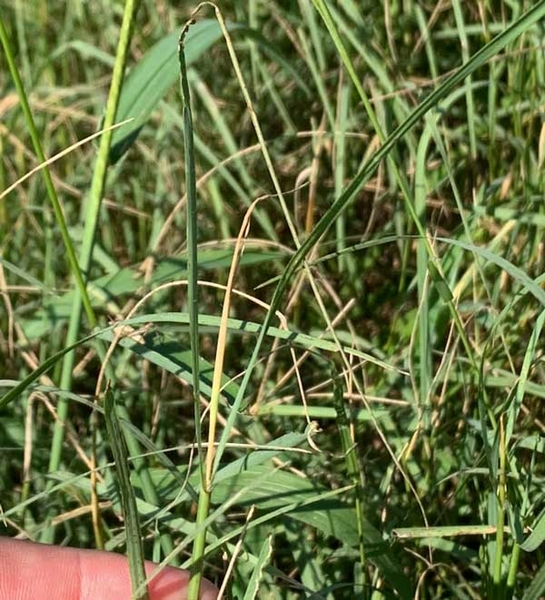Bermudagrass Stem Maggot Damage
go.ncsu.edu/readext?1089195
en Español / em Português
El inglés es el idioma de control de esta página. En la medida en que haya algún conflicto entre la traducción al inglés y la traducción, el inglés prevalece.
Al hacer clic en el enlace de traducción se activa un servicio de traducción gratuito para convertir la página al español. Al igual que con cualquier traducción por Internet, la conversión no es sensible al contexto y puede que no traduzca el texto en su significado original. NC State Extension no garantiza la exactitud del texto traducido. Por favor, tenga en cuenta que algunas aplicaciones y/o servicios pueden no funcionar como se espera cuando se traducen.
Português
Inglês é o idioma de controle desta página. Na medida que haja algum conflito entre o texto original em Inglês e a tradução, o Inglês prevalece.
Ao clicar no link de tradução, um serviço gratuito de tradução será ativado para converter a página para o Português. Como em qualquer tradução pela internet, a conversão não é sensivel ao contexto e pode não ocorrer a tradução para o significado orginal. O serviço de Extensão da Carolina do Norte (NC State Extension) não garante a exatidão do texto traduzido. Por favor, observe que algumas funções ou serviços podem não funcionar como esperado após a tradução.
English
English is the controlling language of this page. To the extent there is any conflict between the English text and the translation, English controls.
Clicking on the translation link activates a free translation service to convert the page to Spanish. As with any Internet translation, the conversion is not context-sensitive and may not translate the text to its original meaning. NC State Extension does not guarantee the accuracy of the translated text. Please note that some applications and/or services may not function as expected when translated.
Collapse ▲Last week, extension agents in the southeastern part of the state reported bermudagrass fields showing noticeable damage—such as frost-like or bronzed foliage—caused by bermudagrass stem maggot (BSM). Depending on the bermudagrass cultivar, yield losses could reach 30% or more, particularly in fine-leaf cultivars such as Tifton 44, Coastal, and seeded varieties (see data for southeast NC).

It is advisable to begin scouting by swinging a net deep through the bermudagrass canopy, making at least 20 sweeps to collect a representative sample. The best time to scout is typically late morning, once the dew has dried (around 11 a.m.). At present, only adult flies can be effectively suppressed with a pyrethroid insecticide, applied at the recommended rate 7–10 days after harvest, followed by a second application 7–10 days later. As of August 19, most producers in our region will likely have one or two hay harvests remaining, depending on weather and field operations. Therefore, it is important to carefully evaluate whether spraying for BSM is warranted before proceeding.
For more details, please see this video and publication from our colleagues about management of BSM and contact your local county extension agent for support.


